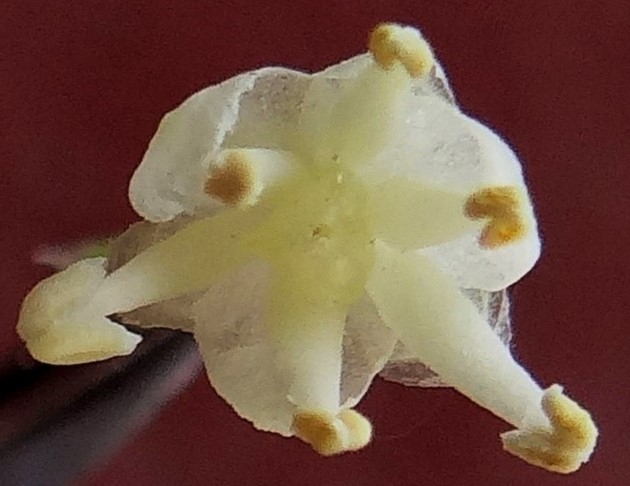BEAUCARNEA
Beaucarnea
Lem., Illustr. Hort. 8 (Misc.): 59. 1861; Fl. Nicaragua
Trees, up to 12 m tall, trunk enlarged at base. Leaves in terminal rosettes, alternate, linear, long, up to 100+ cm x ca. 2 cm, leathery, flexible. Inflorescence terminal large ovoid panicle, up to 1 m long, highly branched. Plants dioecious or polygamodioecious (having bisexual and male flowers on some plants, and bisexual and female flowers on others). Flowers minute, shortly pedicellate, present in fascicles in axils of bracts. Tepals 6 in 2 whorls, free, up to 3 mm long. Stamens 6, in 2 whorls, attached to base of tepals in male flowers. Ovary superior, sessile, 1-locular, trigonous. Fruit capsular, elliptical to obovate, trigonous, 1.5-1.8 cm x 1.3-1.5 cm, emarginate at apex and base. Seeds somewhat trilobed, ca. 5 mm in diameter, smooth to rough.
13 species
Beaucarnea recurvata
Beaucarnea recurvata
(K. Koch & Fintelm.) Lem., Ill. Hort., Misc.: 59. 1861; B. inermis (S. Watson) Rose, Contr. U. S. Natl. Herb. 10: 88. 1906; Dasylirion inermis S. Watson, Proc. Amer. Acad. Arts 26: 157. 1891; D. recurvatum (K.Koch & Fintelm.) J. F. Macbr., Contr. Gray Herb. 56: 17. 1918; Nolina recurvata (K. Koch. & Fintelm.) Hemsl., Biol. Cent.-Amer., Bot. 3: 372. 1884.
Perennial, arborescent, palm-like tree, 1-4 m tall. Stem in young stage almost spherical, later becomes tall to 4 m with a diameter of 10+ cm, base permanently expanded to 60+ cm diam., bark grey, smooth; stem for few years unbranched, becomes sparingly branched at apex after flowering; irregular accessory branches also arise from stem. Leaves alternate in terminal rosettes, evergreen, leathery, flexible, simple, sessile, base sheathing, lamina 80-110 cm x ca. 2 cm, linear, strap-shaped, margin blade-like sharp with fine serrations, apex longly apiculate, generally dead on maturity; most of leaves reflexed down along stem giving characteristic pony-tail shape to plant. Plants dioecious or polygamodioecious. Inflorescence a terminal many-flowered panicle, large and ovoid, partially held above foliage, 75-100+ cm long, much branched, branches up to 30 cm long, bracteate; flowers in fascicles at nodes, shortly pedicellate, male and bisexual, actinomorphic, trimerous, minute. Perianth +/- campanulate, creamish-white; tepals 6, in 2 whorls of 3 each, free, ovate to suborbicular, ca. 3 mm long. Stamens 6, in 2 whorls of 3 each, slightly exserted, filaments +/- equal to tepals, subulate, white; anthers ovoid, dorsifixed. Pistillode in male flowers. In bisexual flowers, ovary sessile, trigonous; style 0; stigmas 3, each bilobed. Fruits elongated, dry, 3-winged capsule, green or reddish-tinged, ca. 12 mm x 8 mm, apex 3-lobed, wings ca.2 mm broad.
Common Names: Ponytail Palm, Elephant’s Foot
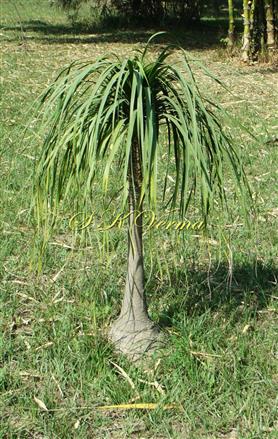
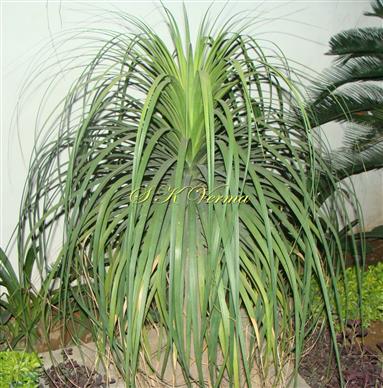
.jpg)
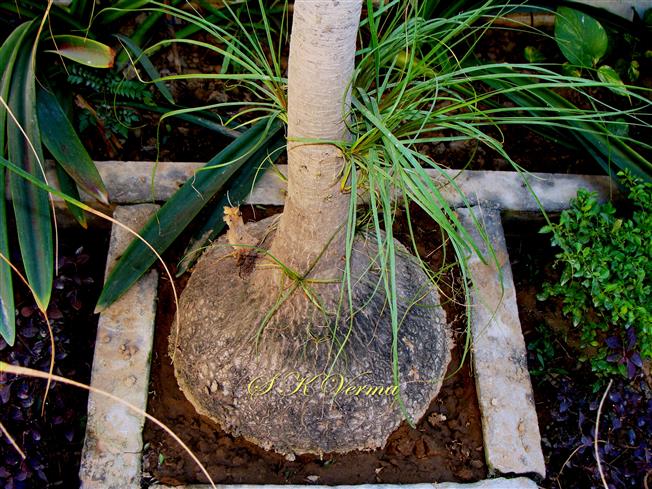
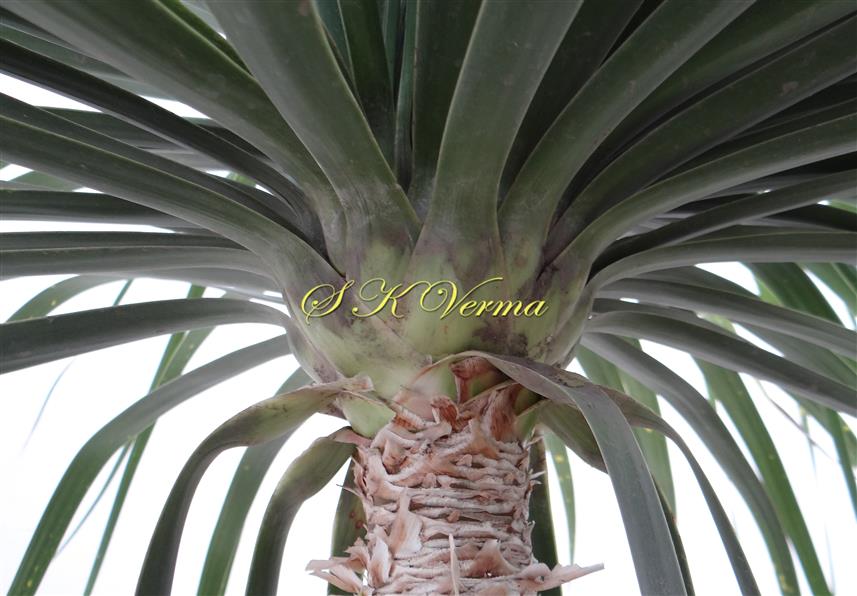
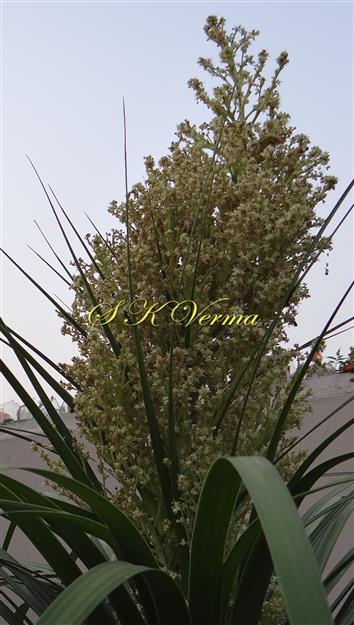
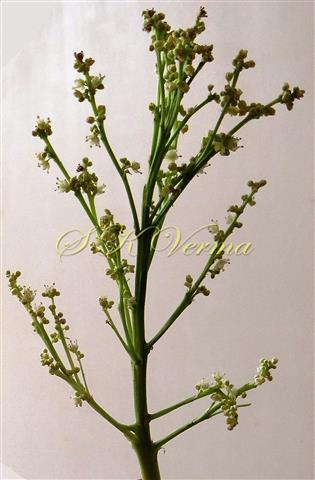
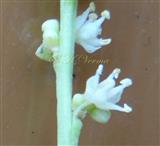

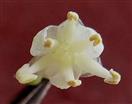
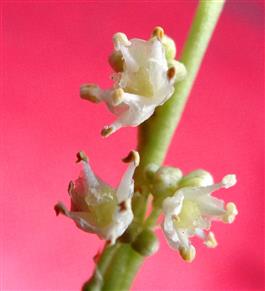
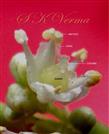
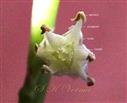
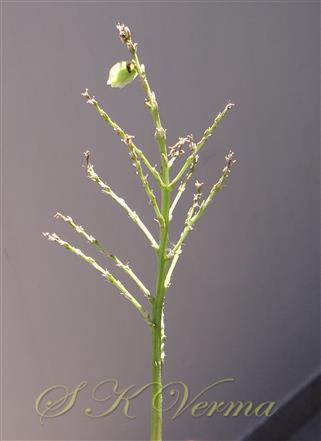
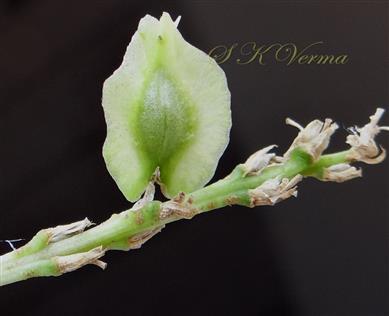
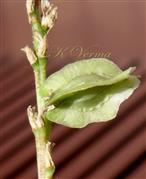
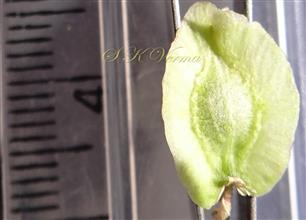
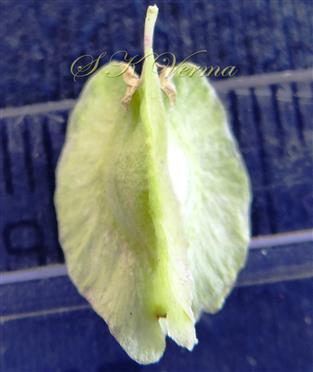
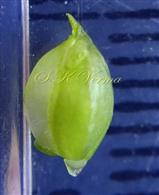



.jpg)





